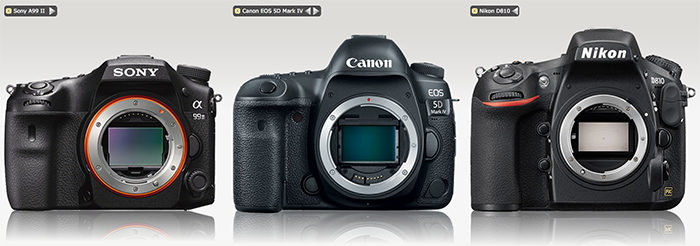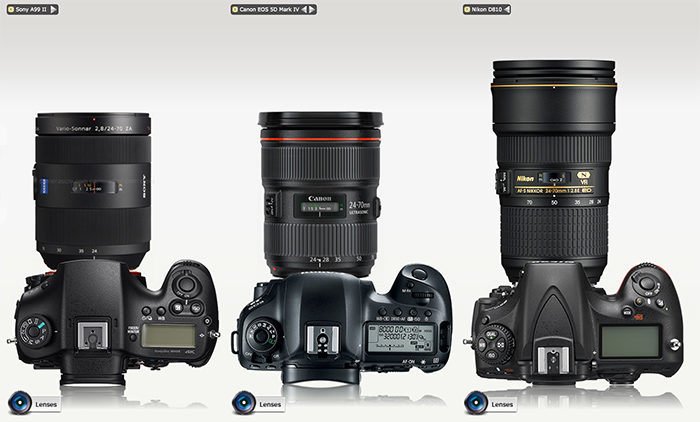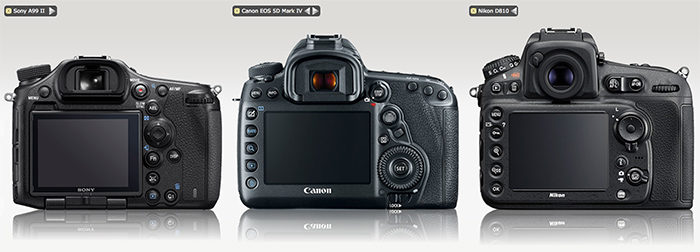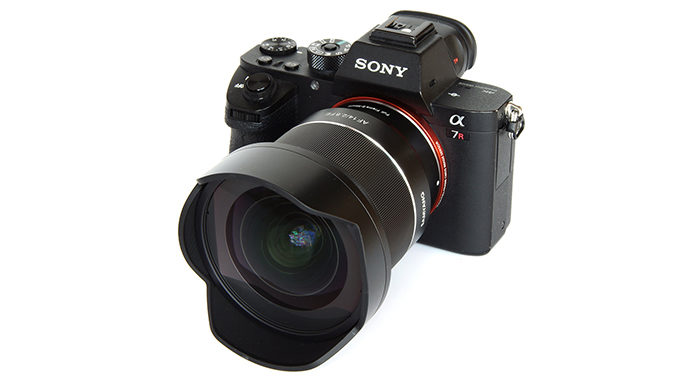
The new Samyang lens on the A7rII (Image courtesy ePhotozine).
Samyang has two FE autofocus lenses in the range: The 50mm f/1.4 and the 14mm f/2.8. The latter got reviewed for the first time:
Albert Dros writes:
The new Samyang 14mm f/2.8 designed for E-mount beats the old version in almost every aspect AND it has auto focus that could be important for some people. If you’re looking for a good fast wide-angle prime than this lens is currently a good bet, especially if you’re looking at the price. If you plan on using the lens for only astrophotography landscapes than the old one might be a better choice because of the better sharpness wide open. Again, a prototype was used for this review.
ePhotozine writes:
14mm is an exciting and powerful focal length for both a wide range of creative photography and for architectural record shots. Given the high quality of the results from Samyang’s second AF lens and the relatively modest price it makes the Samyang AF 14mm f/2.8 ED AS IF UMC a very attractive proposition.
Photographyblog writes:
The price of the Samyang AF 14mm f/2.8 FE is undoubtedly very attractive given the fast f/2.8 aperture, complex construction, and the quick and quiet auto-focusing, which makes this lens worthy of our Highly Recommended award.
14mm FE lens preorder at Amazon (Click here) and BHphoto (Click here).
–
Our reader CC got informed by Samyang Europ that the lens will actually ship in December only in Europe (it will ship in October in USA).
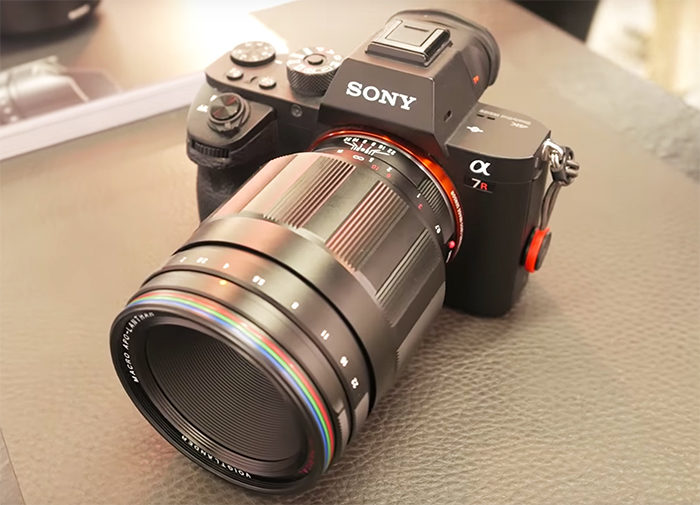
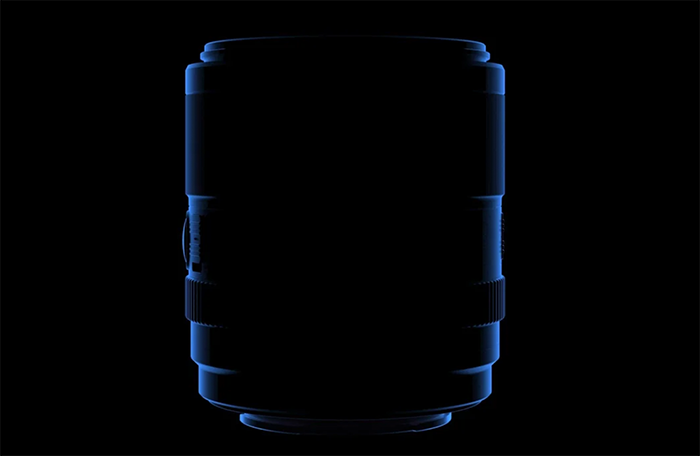
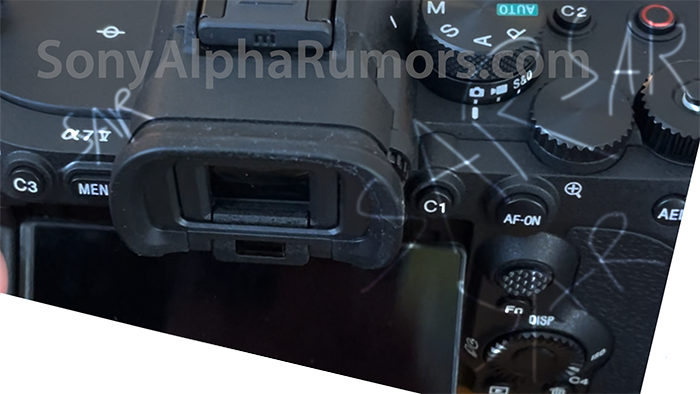
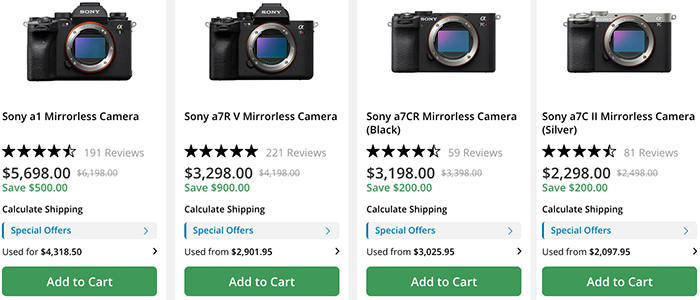
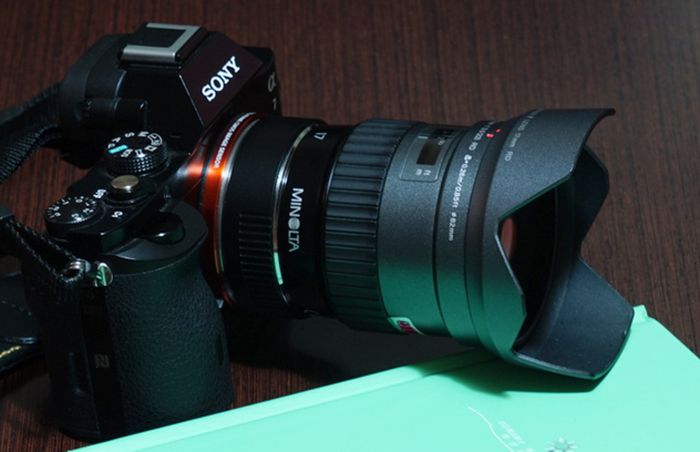 [/shoplink]
[/shoplink]